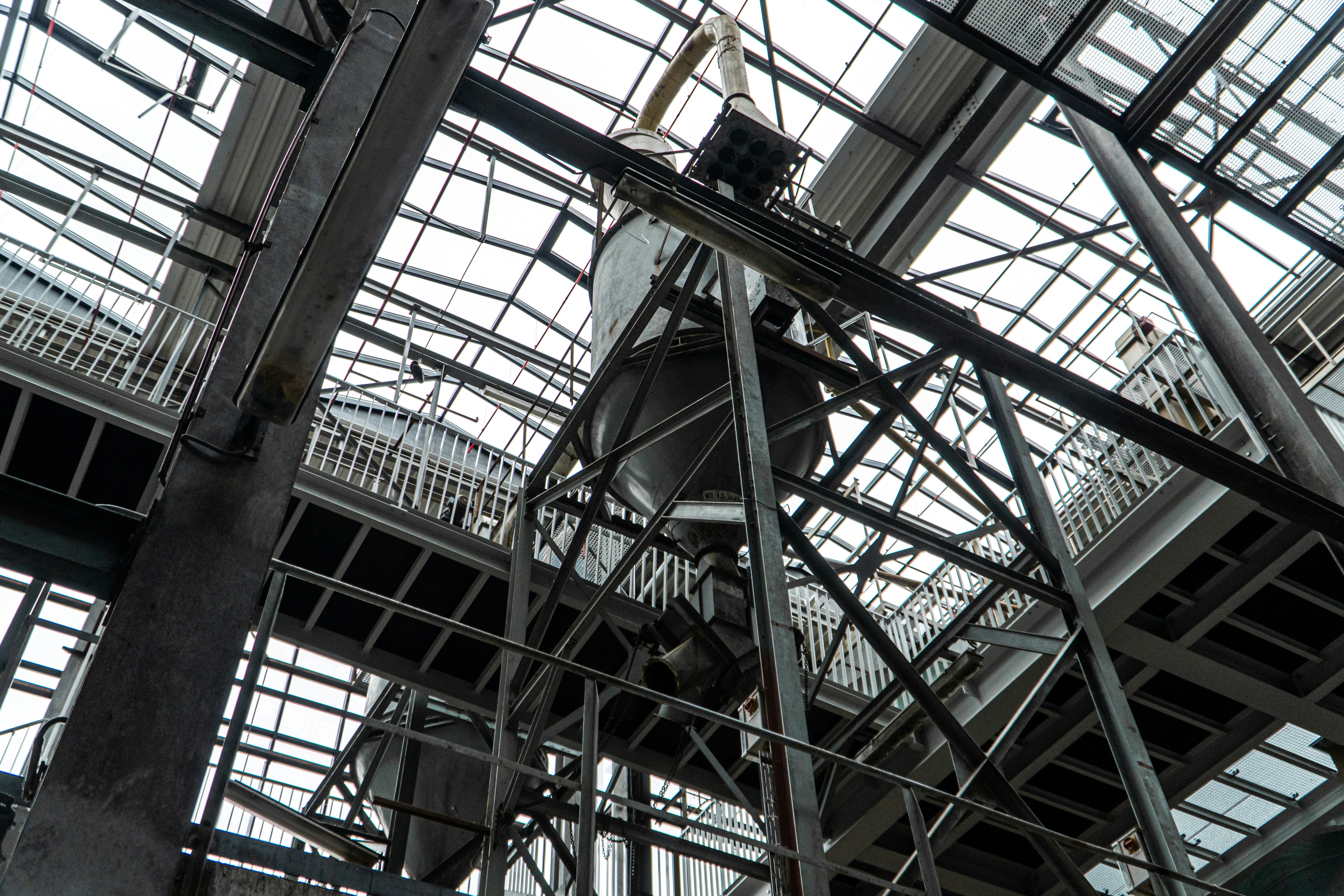
Understanding the Basics of Steel Supports
Steel supports play a pivotal role in the structural integrity and design of buildings. These components are fundamentally designed to bear loads and distribute weight across various parts of a structure, ensuring safety and stability. In the context of construction and architecture, they perform not only functional duties but also aesthetic ones, depending on their integration within the overall design scheme.
There are several types of steel supports utilized in modern architecture, each serving a distinct purpose. Beams are horizontal supports that typically span openings, transferring loads to vertical supports below. Columns, on the other hand, are vertical supports designed to carry loads from above, often operating in tandem with beams to create a robust framework. Trusses, characterized by their triangular design, provide rigidity and are commonly used in roofs and bridges, effectively distributing weight across large spans.
The selection of the appropriate steel support hinges on multiple factors, including load-bearing requirements, architectural style, and aesthetic preferences. Load-bearing capacity is paramount, as different designs and materials must accommodate specific weights. In addition to functional considerations, the visual impact of steel supports must also be considered. The choice between exposed or concealed supports can significantly affect the ambiance of interior spaces. For instance, exposed steel beams can contribute to an industrial aesthetic, while discreetly placed columns can offer a clean and modern appearance.
Furthermore, factors such as local building codes, environmental considerations, and available budget will also influence the choice of steel supports. Understanding these fundamental concepts enables interior designers and homeowners to make informed decisions when it comes to selecting the right steel supports for their projects. By balancing functionality with design, it is possible to create structures that are both safe and visually appealing.
Assessing Load-Bearing Requirements
Determining the load-bearing requirements for steel support is a critical step in both design and construction. The first step in this process involves calculating the total weight that the steel support will need to bear, which can be categorized into two primary types: live loads and dead loads. Live loads refer to any transient weight that the structure will support, such as people, furniture, or movable equipment. Dead loads, on the other hand, consist of the permanent weight of the structure itself, including walls, floors, and any additional materials used in its construction.
To accurately assess these loads, it is essential to begin with detailed architectural plans that outline all elements included in the project. Utilizing these documents, you can begin to estimate dead loads by considering the weight per square foot for each construction material specified. For example, concrete and steel have different weight distributions, thus impacting the total loads significantly. Next, for live loads, refer to local building codes, which provide guidelines on how much weight various types of spaces are typically expected to support. This is crucial for residential and commercial applications, as it ensures that the design meets safety standards.
Moreover, consulting with structural engineers becomes indispensable when dealing with load-bearing calculations. These professionals have the expertise to analyze the data accurately and ensure that the proposed supports adhere to all relevant building codes and safety regulations. They can offer insights into the necessary specifications for the steel support, including types, dimensions, and material properties. Effectively communicating these requirements to your design team will facilitate a collaborative approach toward selecting the right steel support, minimizing risks, and ensuring both safety and aesthetic quality in the final product.
Choosing the Right Material and Finish
When selecting steel supports for interior design projects, material choice is a crucial consideration. Beyond the traditional steel, options such as galvanized and stainless steel can offer distinct advantages depending on the intended application. Galvanized steel, coated with a zinc layer, provides superior corrosion resistance, making it ideal for humid environments or applications exposed to moisture. This protective layer not only enhances durability but also extends the lifespan of the supports, thus providing long-term value. However, it is essential to note that while galvanized steel is often more cost-effective upfront, it may require attention to ensure any scratches or wear do not compromise its protective coating.
On the other hand, stainless steel offers an even higher level of corrosion resistance and is more suitable for environments where aesthetics and cleanliness are paramount, such as kitchens and modern living spaces. Stainless steel not only maintains its sheen over time but is also hypoallergenic, making it a preferred choice for interior applications. Nevertheless, the initial investment for stainless steel tends to be higher, which is an important factor for budget-conscious projects.
In addition to the material, the finish of steel supports plays a significant role in both functionality and design. Powder coating offers a durable, smooth finish that is resistant to chipping and scratching, available in a variety of colors. This finishing option is particularly beneficial for residential settings where visual appeal is essential. Alternatively, painting provides a customizable approach, allowing homeowners to match their steel supports with specific interior color palettes. However, painted surfaces may require more maintenance over time compared to powder-coated options, as they can wear more quickly.
Overall, the choice between various materials and finishes will directly affect the performance and aesthetic integration of steel supports within any design scheme. By carefully evaluating these aspects, interior designers and homeowners can ensure their selections align with both practical needs and stylistic preferences.
Incorporating Steel Supports into Your Interior Design
Integrating steel supports into interior design offers both structural and aesthetic benefits that can greatly enhance any space. When considering the incorporation of these elements, the first step is to evaluate the visibility of the steel supports within the context of the design. Rather than view them as mere structural necessities, homeowners and designers can embrace them as essential design components that contribute to the overall style of the environment.
One strategy is to allow the steel supports to stand out as focal points. For example, exposed steel beams can create an industrial atmosphere, seamlessly blending with rustic or modern decor. In a contemporary setting, sleek, minimalist steel columns can enhance open floor plans while acting as stylish anchors for different areas within a room. This approach not only maintains the visual rhythm of the space but also highlights the beauty of utilitarian materials.
Another consideration is color and finish. Steel supports can be painted or finished to suit the design scheme. A matte black or bright white finish can create a striking contrast against warm wood or lighter palettes, enhancing the visual appeal. In more eclectic designs, a rusted or textured finish can add character and a layer of depth, effectively incorporating the steel into the overall narrative of the interior.
Success in integrating steel supports lies in achieving balance and harmony throughout the design. Careful attention should be paid to how these supports interact with other elements, such as furniture and lighting. By considering scale, proportion, and alignment, interior designers and homeowners can create a cohesive look that remains structurally sound while celebrating the functional aesthetic of steel. Ultimately, steel supports can play a transformative role in any space, elevating its quality through thoughtful design.
